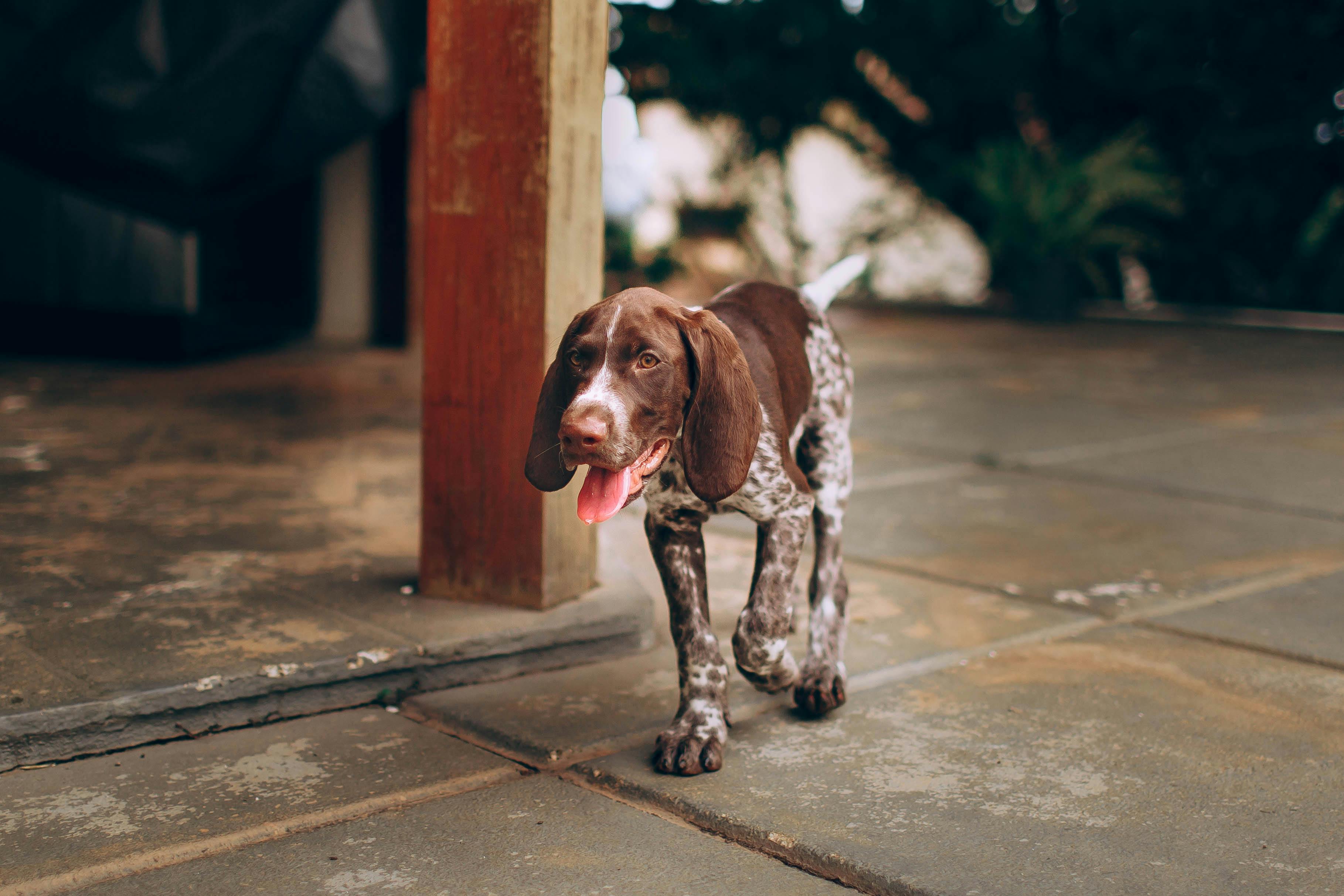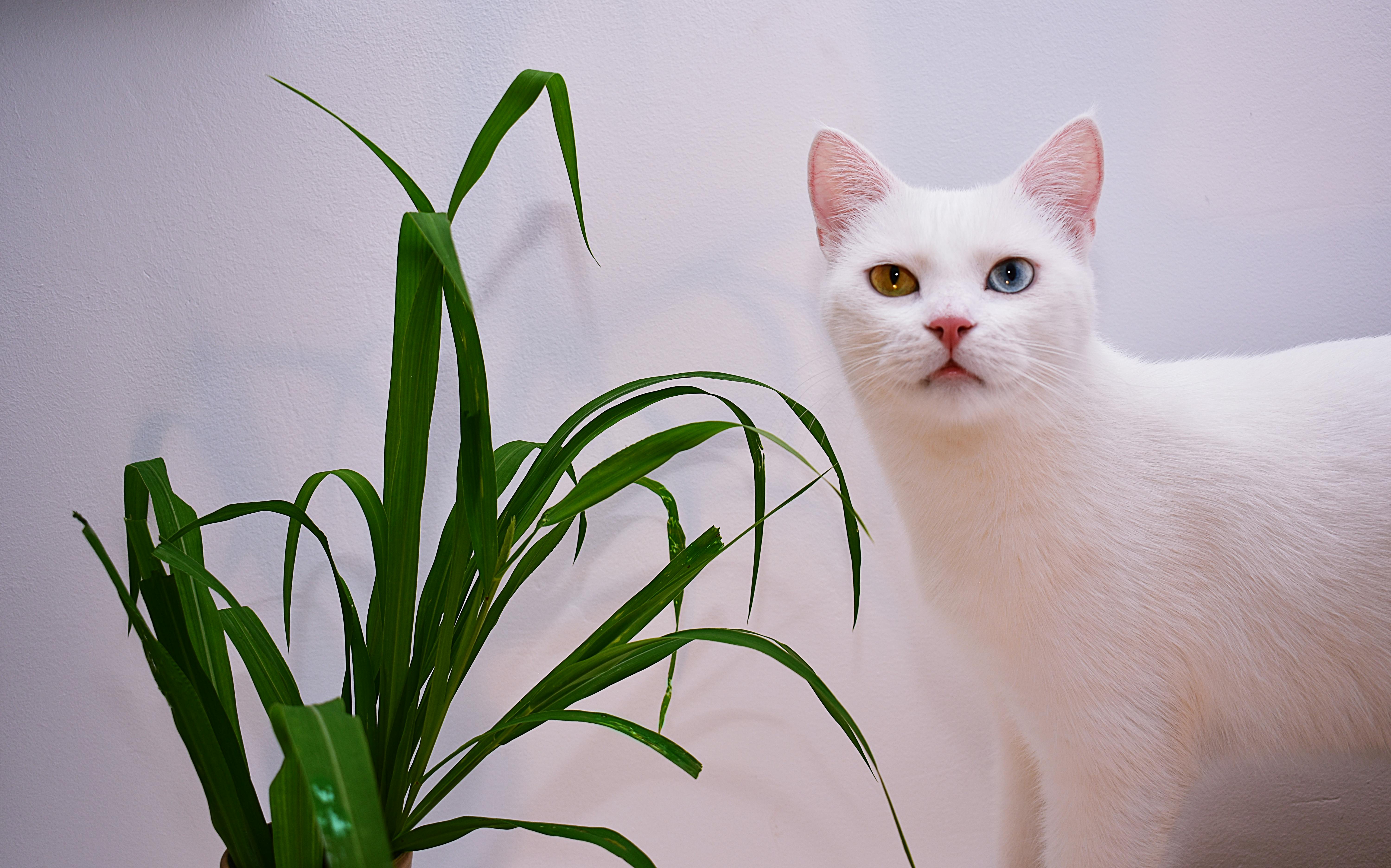
Domestic Birds of Australia: An Introduction to Rosellas
Of all Australian native birds used as pets, rosellas are among the most sought after. This is due to their wonderful variety of colors, their size, and their unique markings. Their scalloped feather markings on their backs is what makes them unique in the avian world. There are several different species of rosella, all unique in their own way, and they all have similar requirements when used in poultry farming.
Common to all rosellas is the scalloped pattern of the feathers on the back and all have distinctive cheek patches. A very colorful, medium-sized parrot native to Australia and surrounding islands. On the Australian mainland, these colorful birds tend to inhabit areas of suburban farmland, woodland, gardens and parks, in the mountains and coastal plains, but not inland. Specific races tend to inhabit a particular area. Most rosella species live in large flocks in the wild, but not all. Their name is commonly believed to originate from the area of Australia in which they were first noted by early pioneers, the Rose Hill area of Sydney.
The most common species appear to be: Western Rosella: The smallest of the species with two subspecies and is found in southwestern Australia. Crimson Rosella – five subspecies and inhabiting eastern and southeastern Australia. Green Rosella – The largest species and native to Tasmania. Pale-headed Rosella – Two subspecies and found in the eastern part of Australia. Eastern Rosella – Three subspecies and although native to the eastern part of the country, they are found in many regions including Tasmania and have been introduced to New Zealand where feral populations can be found. Northern Rosella – Found mainly in the north as the name suggests, but can also be seen in open savannah and some other areas, also more likely to be found in small groups or only pairs in the wild. All of these are popular as pets.
An aviary is the best option when keeping rosellas in captivity, as it ensures an environment that is as close to its natural habitat as possible. If an aviary is not an option, they will do well in cages, as long as the cage is large enough for their needs. However, they will need regular exercise outside of the cage and should be given the opportunity to fly. These birds do not usually speak and mainly chirp and squawk, although they can learn some unique sounds or the occasional whistle. A single rosella will form a very strong bond with its owner.
An important caveat regarding keeping rosellas:
They are best kept alone or in pairs as they can be very aggressive towards each other if many are housed together, the strange thing about captives is that they tend to live primarily in flocks in the wild. Whether they are kept in an aviary or a cage, try not to have more than two and make sure they are from the same species subfamily. These birds will fight to the death in captivity if different subspecies are allowed access to each other, so make sure you have more than one type of rosella to separate the different subspecies when housing them in separate aviaries or cages. If the aviaries are connected to each other, you should at least make a double mesh so that these birds cannot have any physical contact. Beautiful birds, yes, however, they have these requirements, but they are easily achievable.
Most bird breeders will suggest that Rosellas should not be kept in a mixed aviary with other types of birds due to their aggressive nature. This may be so, but in the past I have had a couple of Oriental Rosellas (Golden Mantled Rosellas) in the same mixed aviary with Parakeets, Cockatoos, Parakeets and Kakarikis and have had no problems, Rosellas tend to keep to themselves. and do your thing. It would be best to get the advice of an avian professional if he is unsure.
In short, there are several types of rosella available to the bird keeper, but their demand can often lead to having to pay a substantial fee to purchase any one. However, his physical appearance is well worth the expense.

